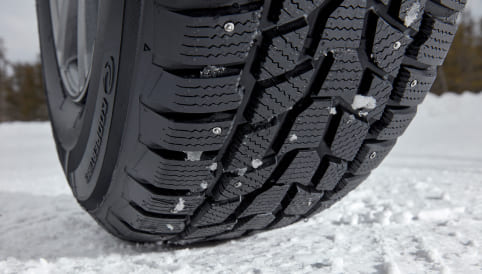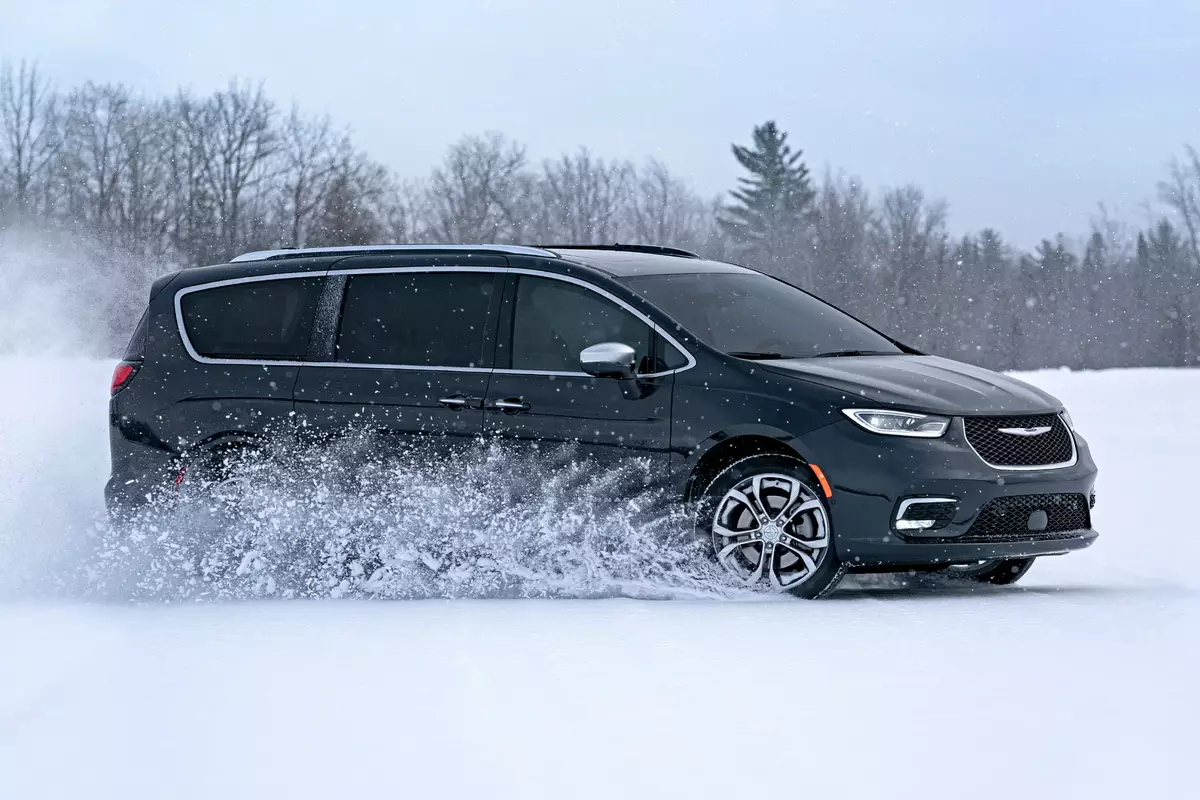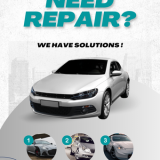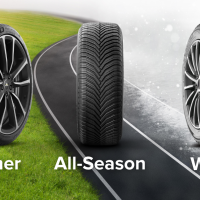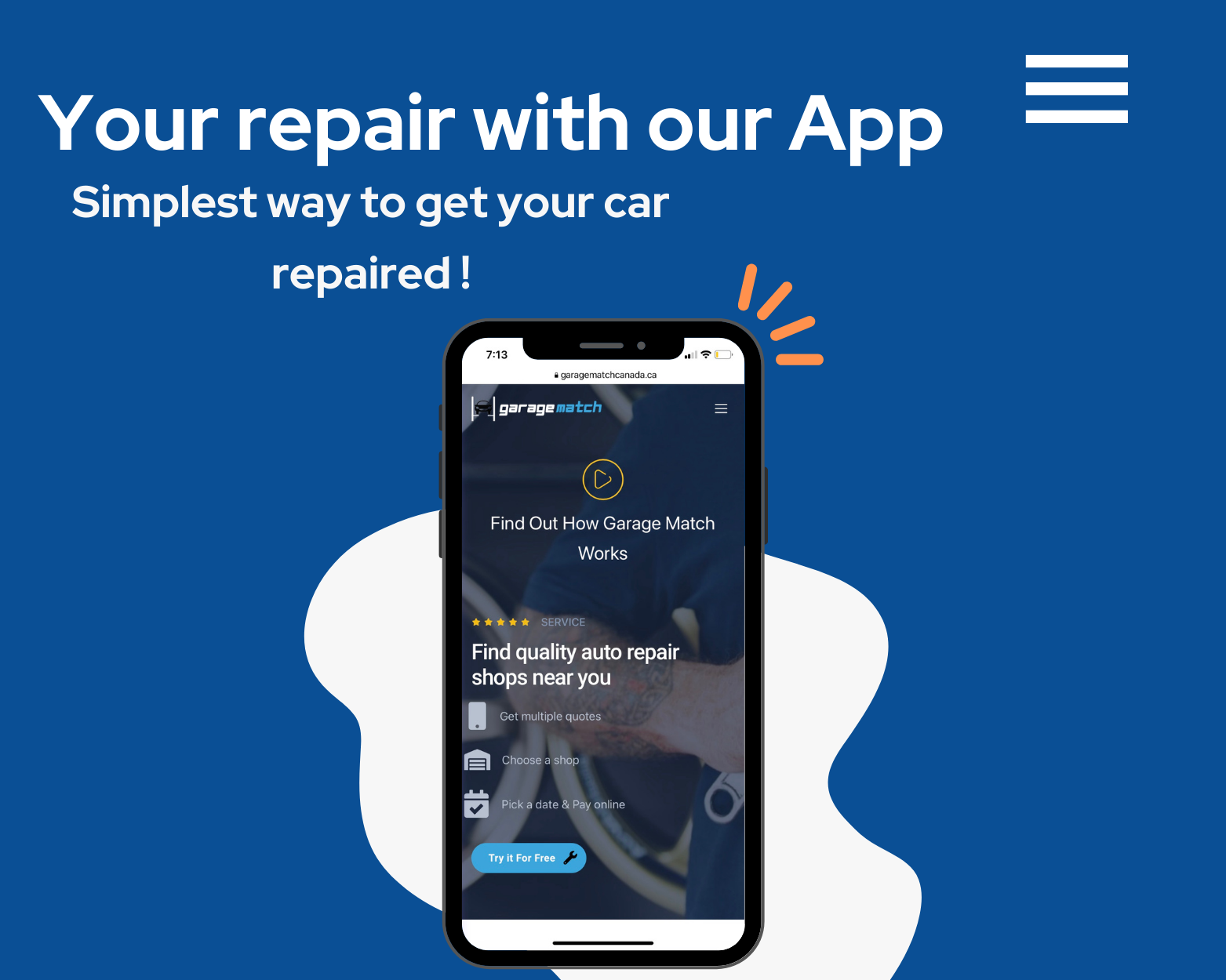How Do I Use Tire Chains In The Winter?
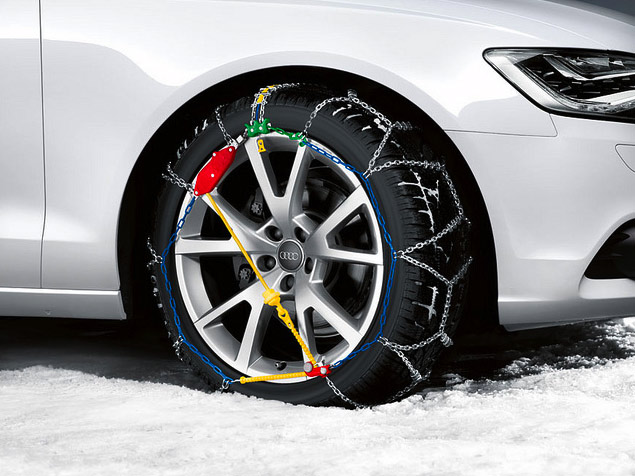
How Do I Use Tire Chains In The Winter?
A snowstorm can quickly change driving on mountain roads from an enjoyable adventure into a hazardous experience. Years ago, government agencies in mountainous regions required vehicles to be equipped with tire chains (or at least have them stored in the trunk) before the vehicle would be allowed to begin travel through snow covered mountain passes during winter storm periods.
In the mid-1990s, Transport Canada (Canada’s counterpart to the U.S. Department of Transportation) requested a new tire standard be developed to help ensure consumers could easily identify and purchase tires designed to provide a higher level of traction in harsh winter conditions. By the turn of the century, The U.S. Rubber Manufacturers Association (RMA) and the Rubber Association of Canada (RAC) agreed on a performance based standard to identify tires that met the severe snow service standards and would be branded on their sidewalls with a three-peak mountain snowflake (3PMSF) symbol. In addition to tire chains, winter tires meeting this performance standard are also considered traction devices, allowing passage in many mountainous regions. As always, when in doubt, contact area authorities to confirm local tire chain regulations.
If tire chains are required, here are 10 basic guidelines for their use:
- Tire chains should be installed on the drive wheels of the vehicle following the chain manufacturer’s instructions, To retain as much of the normal handling characteristics of 4WD/AWD vehicles as possible, tire chains should be installed on all four tires, requiring the purchase of two pairs of tire chains.
- Buy chains that are the correct size for the tires. A proper fit is key to receiving the desired performance and durability. Do not deflate tires to install tire chains. A correctly sized tire chain will fit over a properly inflated tire. Additionally, because there is typically no source of compressed air to refill a deflated tire, driving with low tire pressure may cause permanent damage to the tire. Snow chains may not be available for all tire sizes.
- Use only SAE Class “S” chains. The restricted wheel well clearance in most of today’s down-sized and front drive vehicles require tire chains to operate in an envelope that is no greater than 1.46-inches vertically and .59-inches laterally around the tire. These minimum clearances must be maintained between the tires and the vehicle’s fenders, suspension, struts, brake lines and braces.
- It is important to pre-fit chains prior to actual use. Being faced with the choice of either damaging their vehicle or not completing a journey if the tire chains didn’t fit is not a choice many drivers would want to have to make. Pre-fitting the chains will also allow the driver to become familiar with their installation. Since tire chains will only be required when the weather is at its worst, who would want to learn how to install them during a blizzard?You may want to buy a tire chain installation helper. These small ramps are designed to prevent slipping and allow you to lay a cross chain in a pre-formed indentation. Once you drive onto the ramp, the chains are positioned under your tire for easier installation following the manufacturer’s directions.
- Tire chains should always be carried in the trunk during the appropriate times of the year and only mounted on the vehicle when warranted by driving conditions or required by law.For example, California’s 2003 tire chain requirements depend on the severity of the snowstorm and are as follows:
- Requirement One (R1): Snow tires or chains are required.
- Requirement Two (R2): Chains are required on all vehicles except four-wheel drive vehicles equipped with snow tires on all four wheels.
- Requirement Three (R3): Chains are required on all vehicles, no exceptions.
Note: According to California guidelines, R1 and R2 are the most common conditions because the highway is usually closed to traffic before an R3 condition is imposed.
When highway signs indicate tire chains are required, a driver will usually have about one mile between the “Chains Required” signs and the passage checkpoint. However, these control areas can shift rapidly from place to place because of changing weather and road conditions.
- After initial chain installation, all of the tire chains should be retightened after the vehicle has been slowly driven forward or backward at least 15 feet. Failure to do so may allow the chains to remain loose, risking damage to the vehicle and reducing chain life.
- Accelerate or decelerate slowly. Avoid spinning or locking the wheels.
- Limit the vehicle’s speeds to within the recommended range provided by the tire chain manufacturer.
- If a cross chain should fail, stop immediately and make necessary repairs. Do not drive with a broken chain.
- Remove the chains as soon as the vehicle reaches clear roads. When removing chains, drive beyond the signs reading “End Chain Control” to a pull-off area where you can safely remove them.
While it sounds like snow chains are considered a last resort for when the conditions get really bad, preparation before driving into snow country in winter is important because it helps control a potentially frustrating and tiring driving experience.



